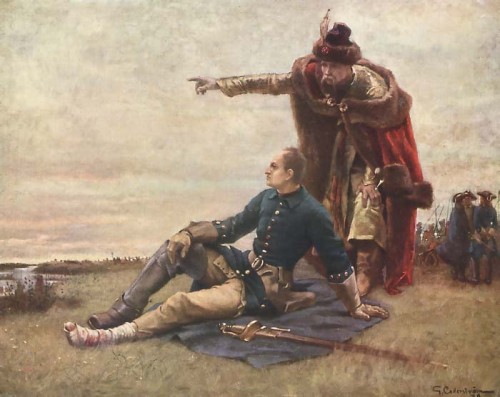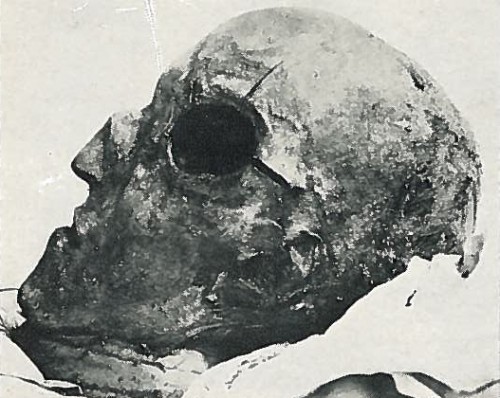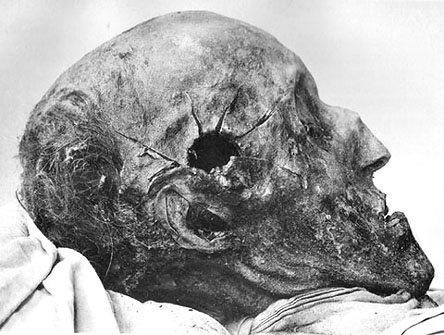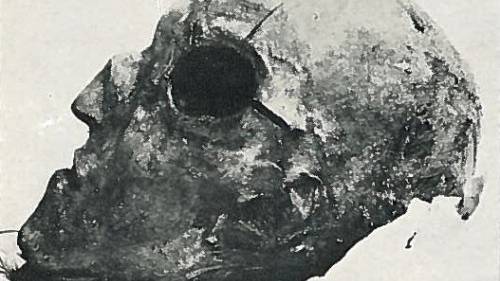The Blazing Career and Mysterious Death of “the Swedish Meteor”
Source: blogs.smithsonianmag.com
Sweden has had her share of memorable monarchs. In the 16th and 17th centuries, it seemed that every other ruler crowned in Stockholm was astonishing in one way or another. Gustav Vasa, Gustavus Adolphus, Queen Christina, Charles XI–between them, to the surprise of generations of students who have presumed that the conjunction of the words “Swedish” and “imperialism” in their textbooks is some sort of typographical error, they turned the country into the greatest power in northern Europe. “I had no inkling,” the writer Gary Dean Peterson admits in his study of this period, “that the boots of Swedish soldiers once trod the streets of Moscow, that Swedish generals had conquered Prague and stood at the gates of Vienna. Only vaguely did I understand that a Swedish king had defeated the Holy Roman Emperor and held court on the Rhine, that a Swede had mounted the throne of Poland, then held at bay the Russian and Turk.” But they did and he had.The Swedish monarchs of this period were fortunate. They ruled at a time when England, France and Germany were torn apart by wars between Catholics and Protestants, as the great Polish-Lithuanian Commonwealth began its steep decline and before Muscovy had transformed itself into Russia and begun its drive to the west. Yet their empire endured into the 1720s, and even then it took two decades of constant war to destroy it—not to mention an overwhelming alliance of all of their enemies, led by the formidable Peter the Great.
Much of the credit for Sweden’s protracted resistance rests with the fifth, last and most controversial of this line of notable rulers: Charles XII (1682-1718). An endlessly fascinating figure—austere and fanatical, intelligent yet foolhardy—Charles has some claim to be the greatest of Swedish kings. Voltaire, an admirer, dubbed him “the Lion of the North,” and though he was at heart a soldier, whose genius and speed of movement earned him the nickname “the Swedish Meteor,” he was also a considerable mathematician with a keen interest in science. In other circumstances, Charles might have turned himself into an early example of that 18th-century archetype, the enlightened despot. Yet plenty of Swedes, then and now, despised their king for impoverishing the country and sacrificing thousands of his subjects by fighting almost from the moment he ascended the throne in 1697 until he died two decades later. For the playwright August Strindberg, he was “Sweden’s ruin, the great offender, a ruffian, the rowdies’ idol.” Even today, the king’s biographer Ragnhild Hatton observed, “Swedes can be heard to say that no one shall rob them of their birthright to quarrel about Charles XII.”

Charles XII and his ally, the Cossack hetman Ivan Mazepa, take stock after the Battle of Poltava (1709). The king’s wounded foot prevented him from commanding in battle.
Charles came to the throne at a critical moment. The Swedes had spent a century making enemies, all of whom now combined against them, hoping to take advantage of the new king’s youth and inexperience. Charles fought them doggedly, confronting overwhelming odds, and swiftly proved himself to be among the greatest generals of the age. But he also made grievous mistakes, and missed more than one opportunity to bring hostilities to an end when he could have obtained decent terms. By fighting on, he condemned Sweden’s empire to dismemberment.
[...]
Even in death, Charles remained extraordinary, for the circumstances in which he died were very strange. The king was shot through the head while conducting a siege at Fredrikshald, a hilltop fortress just across the Danish border—but there have been many who have tried to prove that the bullet or shell fragment that killed him had not been fired from within the fortress. The Meteor, it has been repeatedly argued, was murdered by one of his own men.
Saying with any certainty what happened to Charles XII is difficult; for one thing, while plenty of people were around him when he died, not one witnessed the instant of his death.

The mummified head of Charles XII, photographed at the time of his exhumation in 1917, and showing the exit wound–or was it?–left by the projectile that killed him during the siege of Fredrikshald in 1718.

The right side of Charles XII’s skull, showing what appears to be a significantly smaller entrance wound.
[...]
Read the full article at: smithsonianmag.com






















